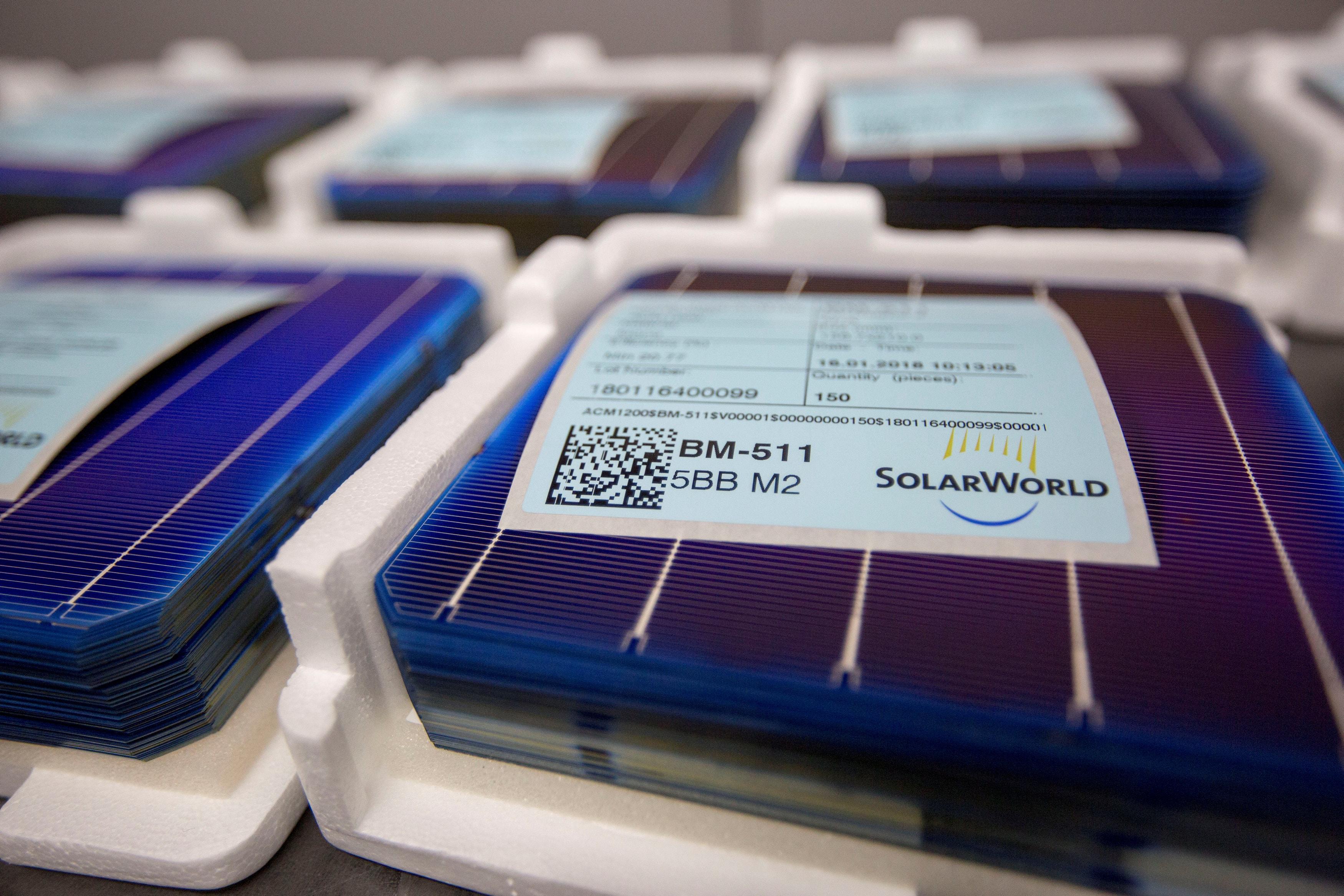The Solar Energy Industry Association estimates 23,000 jobs will be lost. But is that the whole story?
“Our action today helps to create jobs in America for Americans. We’ll be making solar products now much more so in the United States. Our companies have been decimated, and those companies are going to be coming back strong.” -Donald Trump, Tuesday, January 23rd, 2018
Bloomberg News ran the forboding headline: Trump’s Tariffs on Solar Mark Biggest Blow to Renewables Yet.
The Solar Energy Industry Association released a statement that pointed out the irony that the tariffs will not only cost American solar installer jobs, but they probably won’t save the two foreign-owned U.S. solar manufacturing companies who filed the original complaint. According to Abigail Ross Hopper, SEIA’s President and CEO:
“While tariffs in this case will not create adequate cell or module manufacturing to meet U.S. demand, or keep foreign-owned Suniva and SolarWorld afloat, they will create a crisis in a part of our economy that has been thriving, which will ultimately cost tens of thousands of hard-working, blue-collar Americans their jobs.”
President Trump approved four years of tariffs that start at 30 percent in the first year and gradually drop to 15 percent. The first 2.5 gigawatts of imported solar cells are exempt for each year. Admittedly, this is less than the amount requested by Suniva and SolarWorld, which is a small silver lining to the clouds gathering over the U.S. Solar market.
But not all energy-watchers were doom and gloom. Fatih Birol, executive director of the International Energy Agency, said at the World Economic Forum in Davos, Switzerland:
“This is not a goodbye for renewable energy in the U.S. I don’t believe this decision will reverse the solar expansion in the U.S. The global solar industry will adjust. The penetration of solar in the U.S. will continue.”
A Tesla spokesperson told elektrek.com:
“Tesla is committed to expanding its domestic manufacturing, including Gigafactory 2 in Buffalo, New York, regardless of the solar tariff decision today.”
In fact, despite lobbying against the tariffs, Tesla may benefit from the measures, thanks to their commitment to domestic manufacturing.
Despite the heated rhetoric, partisan pundits on both sides of the argument have cause to pause and reflect on the complexities of the situation that potential intended and unintended effects. There is plenty of hypocrisy on both sides of the issue. Solar skeptics might remember their criticisms of the Obama administration “playing favorites” by supporting the failed solar manufacturer Solyndra, while solar supporters have turned a blind eye to the unfair labor practices and environmentally damaging processes that have made cheap Chinese solar panels ubiquitous in the U.S. solar industry.
What can we expect to see in the months and years to come?
Asian nations affected by the tariffs will challenge the tariffs in front of the World Trade Organization. That could get ugly, and there could be retaliations in the form of anti-U.S. tariffs. Many analysts predict that a trade war is looming.
We will undoubtedly see a short-term chilling effect on the U.S. solar market. Not only because of the tariffs, but because the over-heated solar market growth of the last several years was already slowing and state and federal tax breaks will be sunsetting. GTM Research analysis predicts an 11% decline in solar installations over the next five years, translating into a loss of 7.6GW of installed solar from 2018 to 2022. The same analysis predicts module prices will increase by 10 cents per watt under the 30% tariff, and scale down to a 4 cents per watt increase by the fourth year under a 15% tariff.
We will see a shift in imports from China to other countries that are exempt from tariffs, like India and Brazil.
Next, just as with Japanese and German car companies in the 1980s and 1990s, we will see foreign companies set up manufacturing and assembly plants in the United States. However, it will take years for some plants to tool up, and immediate job growth numbers in manufacturing will be insignificant compared to losses in the installation, sales and service areas. According to SEIA’s Ross-Harper:
“I think tariffs can work; I just don’t think in this scenario they are likely to work. Obviously, we welcome new manufacturing capacity, but we need to be realistic about what that is likely to look like. These new facilities are largely automated. When you think about the impact on jobs — which our president cares about — it’s going to have a minimal impact.”
Could there be other unintended benefits? Could U.S. R&D efforts get a boost in the development of next-generation solar technologies? Could solar panel manufacturing be “greener” under U.S. environmental protection policies? Maybe. Undoubtedly, the presidents actions are going to create some pain in an industry that has been running very hot for the last few years. But will it be short-term pain and long-term gain? Is the President tapping the brakes or slamming them? There are certainly going to be unintended consequences, and hopefully, not all of them will be bad.







